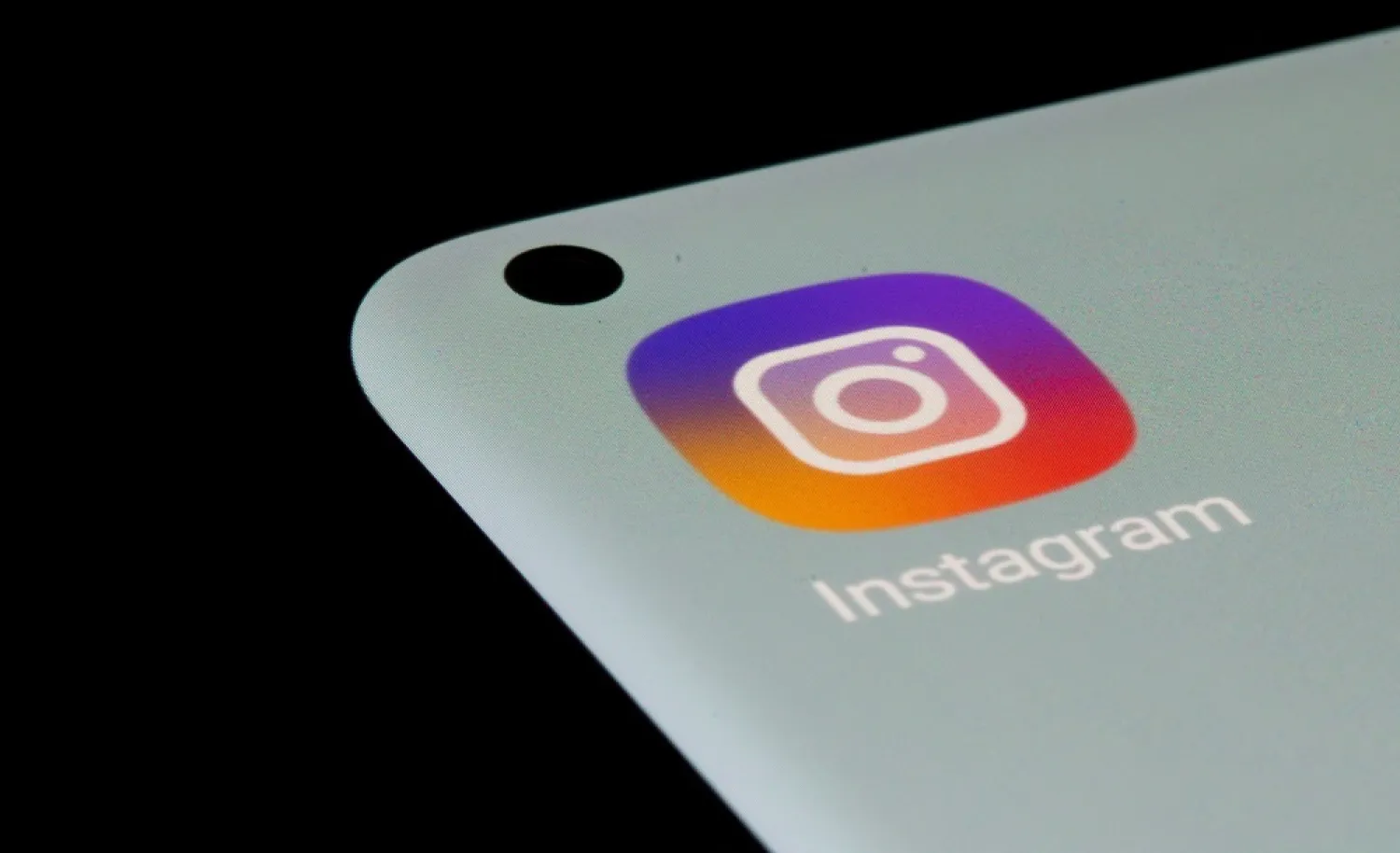Instagram, TikTok, and YouTube are the top three news sources for teenagers in the UK, according to a report on news consumption patterns.
The report by regulator Ofcom found that “British teens are increasingly ditching traditional news outlets, and resorting to Instagram, TikTok, and Twitter to keep up with the latest news.”
The regulator also found that Instagram is the most popular news source for teenagers, used by 29 percent, followed by TikTok and YouTube used by 28 percent of teens.
It noted that BBC One and BBC Two, which were historically the most popular news sources for teenagers, have moved from the first to fifth place. Only a quarter of teenagers – 24 percent – have used these channels for news in 2022, compared to 45 percent, five years ago. ITV ranked in fourth place with 25 percent of the teens using it.
The report revealed that “TikTok has seen the largest uptick as a news source among the other social media platforms. Two years ago, 0.8 million UK adults used the video platform as a news source, and 3.9 million adults - or 7 percent - in 2022.” The increase is mainly driven by younger age groups, with half its users aged 16 to 24.
Fadi Ramzi, expert in digital media affairs, believes that “these findings conform with the results of a report by the Reuters Institute for the Study of Journalism released earlier this year. Reuters’ report highlighted a decline in people’s interest in news because of the negative Covid-19 developments, the Russian-Ukrainian war, and many other issues.”
“This decline has been accompanied by a higher turnout for social media platforms, which according to Reuters, have been used as news sources, topped by YouTube at the time,” he told Asharq Al-Awsat.
Ramzi suggested that Instagram leads other platforms as a news source because “it’s used by many journalists and media figures.”
The Ofcom study showed that news organizations are having to compete with non-journalist TikTokers as a news source on the platform. For those who consume news on TikTok, their main source is other people they follow (44 percent), followed by friends and family (32 percent) and then news organizations (24 percent).







